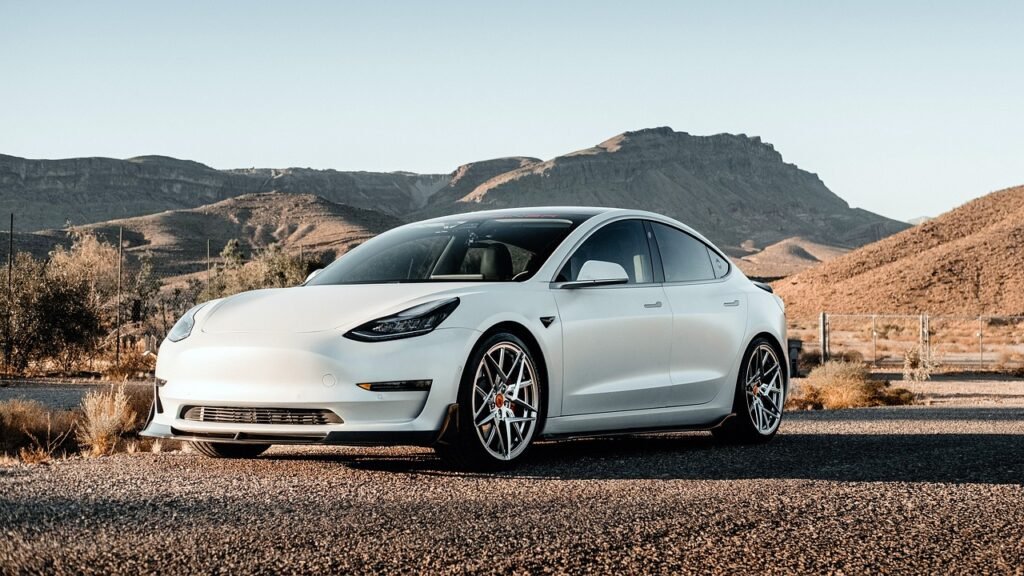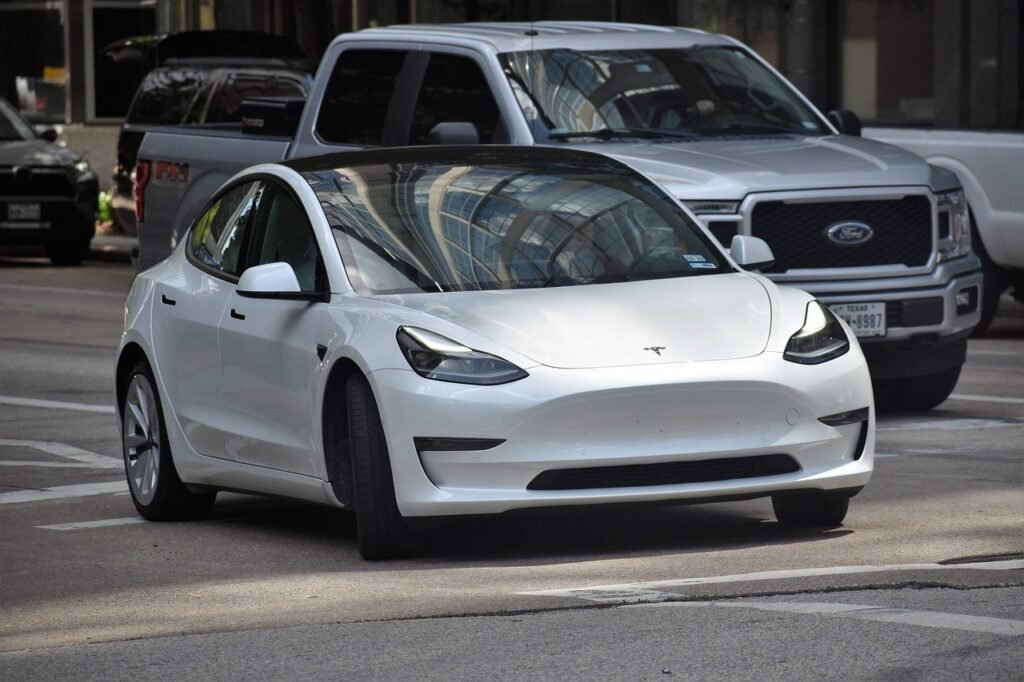An important step in the autonomous driving technology life has been taken by Mercedes. The German company is the first ever to have received approvals in the country for trials of special marker lights, meant to assist in the working and recognition of its DRIVE PILOT automated driving system. The landmark approval by the Stuttgart Regional Council permits the use of these new lighting features for tests throughout Germany until July 2028 upon solidifying Germany’s position as a leader in the autonomous vehicle technology domain.

This step follows the company’s earlier achievement where in 2021 Mercedes went a step ahead to become the first ever to receive an internationally recognized type approval for SAE Level 3 autonomous driving, based on its own DRIVE PILOT system. Furthermore, with this latest approval, Mercedes-Benz is consolidating its leadership position in the autonomous vehicles technology by making giant strides in concert with the realization of automation-enhanced functionality and operational safety.
These special marker: lights are a point of interest in the recently developed Mercedes innovations, which will see implementation in front and rear lamps and side mirror indicators of the automaker’s cars. The special lights in turquoise will glow to signal to fellow road users, traffic authorities, and enforcement that the vehicle is operating under the command of the DRIVE PILOT-it here refers to its automation system.
Marking when the vehicle is operating on its own would help other road users see this very important information, which is also meant to show when a driver is allowed to take their eyes off driving. The peculiar turquoise has been selected for its high visibility. It renders any vehicle or traffic signals from red, amber, and green for stop-and-go signaling incapable of interfering with it.
Turquoise had also been defined as one of the official colors in international regulation standards, namely SAE J3134 and UNECE guidelines, which critically help in the world of harmonizing and safety concerning automated vehicle systems. Mercedes-Benz’s proposal of marking vehicles’ features will improve not only safety on the roadways and road-sharing experience with self-driving automobiles but also for the other drivers on the road.
A Step Towards Better Legislation and Standards
The Stuttgart Regional Council’s approval is a very significant milestone, not just for Mercedes-Benz but for the wider autonomous vehicle industry. The exemption allows Mercedes-Benz to test such marker lights in a real environment, obtaining valuable data and insights that will significantly contribute to future legislation for automated driving technology. It is indeed a very significant step towards creating a perimeter of standardized guidelines for autonomous vehicle lighting and its interaction with other road users.
In the United States, states like Nevada and California have already granted similar exemptions and have begun testing of these technologies toward the end of 2023. This cross-boundary thrust for testing and development could thus pave the way for more coherent international standards in the future so that automated vehicles can operate uniformly in different territories while ensuring the safety of all road users.
Implications for Autonomous Driving Future
In the future, Mercedes-Benz aims to make maximum use of this approval to further enhance its DRIVE PILOT system. By the end of 2024, the manufacturer plans to introduce an enhanced version of the system that would enable Level 3 autonomous driving at 95 km/h in the far right lane of German highways. Hence, the upgraded DRIVE PILOT system will now become the quickest production-ready Level 3 autonomous driving system in the world, which is a terrific feat for Mercedes-Benz and the entire autonomous vehicle industry.
Autonomous driving technology has really come a long way, as evidenced by this excellent chance to the real driving application for it. Full autonomy in driving at faster speeds will not only make the self-driving car practical but also set new standards for capabilities of automation in cars. As testing and fine-tuning continue on features such as these marker lights, Mercedes-Benz prepares itself to take a leadership role in the worldwide transition toward autonomous mobility.
A Glimpse into Future Autonomous Vehicles
The initial demonstrations of the special turquoise marker lights and the forthcoming upgrades to the DRIVE PILOT system will be followed by many more to herald a new, action-studded season in the world of autonomous vehicles. It aims to create more allow for the ready public recognition and comprehension of self-driving vehicles by other road users, thus adding to the safety and trust associated with its use.
It might very well set an example for other automobile makers and regulators all over the world. More innovations and laws to ensure a safer and more efficient driving experience for everybody would sprout as a positive outcome from the success of the program Mercedes-Benz launched in Germany. Now, as these technologies become more sophisticated and spread wider, this is where the real communication and transparency will be appreciated, such as the introduction of such marker lights.
CONCLUDING, Mercedes-Benz’s authorization for the trial of special marker lights for the DRIVE PILOT autonomous driving system opens a new chapter in self-driving vehicles. The approval supports Germany’s leadership in the field of autonomous driving and lays the groundwork for future innovations that will render autonomous vehicles safer, more efficient, and easier to be accepted into everyday road use. With testing already underway, and with a new version of DRIVE PILOT set for release by the end of 2024, Mercedes-Benz is doing its part to widen the very boundaries of what is possible in autonomous vehicles.
